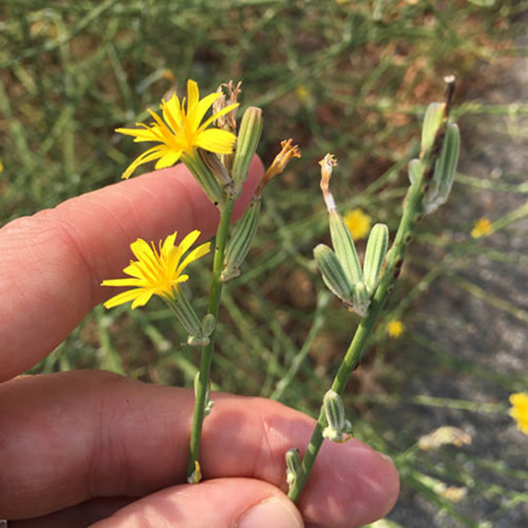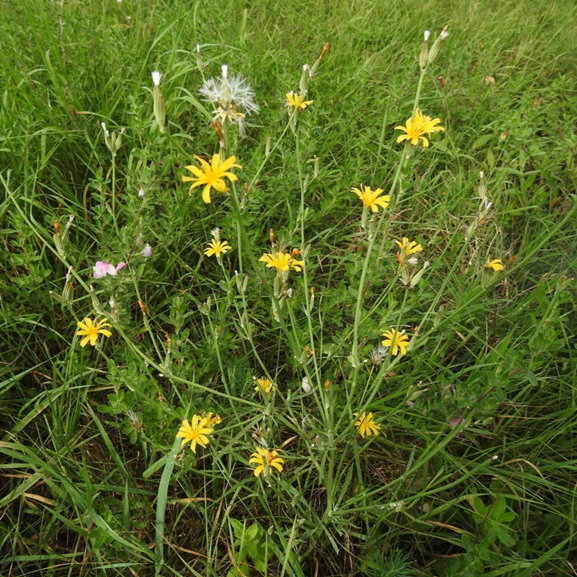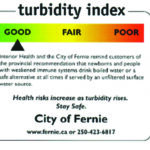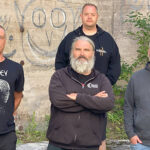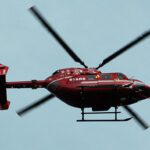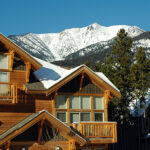Home »
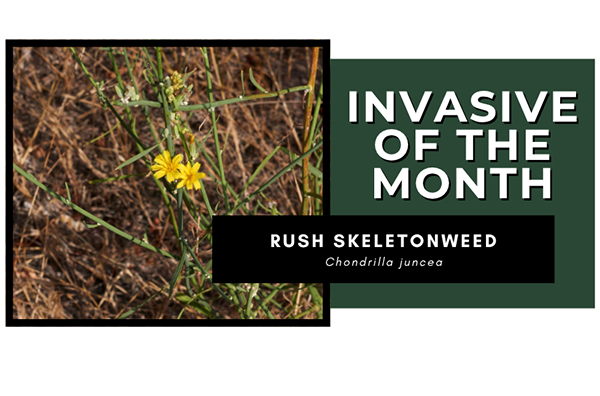
Invasive of the Month
By East Kootenay Invasive Species Council
Rush skeletonweed (Gum succory, Devil’s grass, Nakedweed) is a perennial plant that invades rangelands, roadsides and disturbed areas.
It was unintentionally introduced from its native range in Europe and Asia. It competes with other plants for soil moisture and nutrients. Plants may produce up to 20,000 seeds per year, that can travel easily with wind and water, as well as on animals, humans and machinery such as a farming equipment.
This plant also spreads by horizontal roots. Rush skeletonweed is designated as a Provincial Noxious Weed by the BC Weed Control Act, as well as a Provincial Containment species by the BC Provincial Priority Invasive Species List.
Rush skeletonweed is a perennial forb that grows 0.4 to 1.0 meters tall. It produces bright yellow, strap-shaped flowers with 10–12 florets per head, either singly or in small clusters, blooming from midsummer until autumn frost. The seeds are pale brown to nearly black, each with a white pappus. Leaves begin in a basal rosette, sharply toothed, lance-shaped, and deeply lobed – that wither as the stem elongates. Stem leaves are narrow, smooth-edged, and less noticeable. The lower stem is hairy with coarse, downward-pointing hairs, while the upper stem is smooth. It has a deep and extensive root system.
Agricultural: Reduces forage for livestock and wildlife, and its deep roots make it hard to control. The plant’s latex can interfere with crop machinery. It offers some forage value in droughts, with palatable rosettes and pre-flowering stems.
Ecological: Can form dense monocultures in disturbed areas, displacing native plants, though it’s less likely to invade healthy ecosystems.
Mechanical: Hand-pulling may help with small patches but must be repeated due to deep roots. Mowing and cultivation are ineffective.
Herbicides: Picloram, glyphosate + dicamba, or clopyralid + dicamba have shown good results with repeated applications, especially between bolting and seed set. Always follow label directions and check the latest BC Crop Production Guides.
Cultural/Preventive: Focus on prevention by maintaining healthy native plant communities and reseeding disturbed areas with desirable perennials.
 East Kootenay Invasive Species Council photos
East Kootenay Invasive Species Council photos
The East Kootenay Invasive Species Council works to minimize the threat of invasive species that impact the environment, the economy and human health in the East Kootenay region of B.C., and we couldn’t do it without you! as a non-profit, we rely on grant funding and the generous support of our community to operate. Your donation will help us continue to protect the East Kootenay from invasive species. Donate here.
